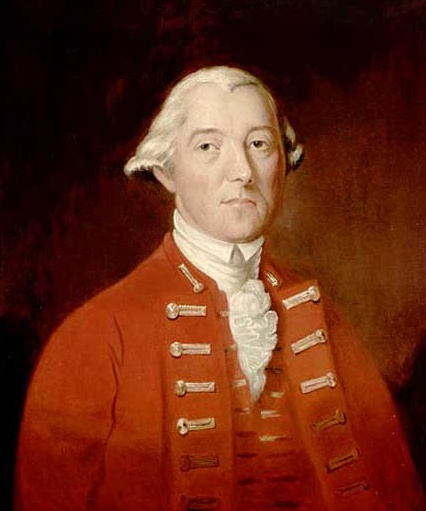 |
| Guy Carleton |
At the same time, a fleet of transports was ready to set sail for Nova Scotia. On board were many former slaves who had come within the British lines under proclamations of freedom issued by Carleton’s predecessors. Carleton allowed the fleet to sail, but took the precaution of directing the commissioners to keep an accurate account of each black person who embarked.
This register, called the Book of Negroes, is a complete record of each person’s name, the master he formerly belonged to, and such other details as would help to “denote his value”; it was to be used to compensate slave owners in the event that the evacuation was later found to contravene the treaty. The British completed their evacuation of New York on November 30, 1782. At the end, almost 3,000 names had been recorded and only a handful of disputed cases were heard.
Hover over the connectors to get values Click on a node to highlight.
This is not the expected distribution. In a typical slave population,
It should look more like this:
there are 88 children of unspecified gender, all 19 and under. Still, that would only have a minor effecr on the shape of the pyramid. It points to a deliberate decision to leave younger people behind.
The search function at Open Data is primitive. Searching for 'slave' gives people who are currently slaves or formerly slaves. Given the purpose of the Book, it's not clear why there are current slaves at all.
What the Province doesn't share:
| Variable | In database | In Open Data |
| name | Y | Y |
| age | Y | Y |
| gender | Y | Y |
| physical characteristics | Y | |
| occupation | Y | |
| an indication of whether the person had any family or had served in the military | Y | |
| place of origin | Y | |
| previous and current legal status | Y | |
| the names of former owners, claimants, and persons in whose possession the person was at the time of embarkation | Y | |
| destination | Y | Y |
| the ship of passage and the name of its master. | Y | Y |
| Records | 2831 | 3009 |
| Slaves | ? | ? |

